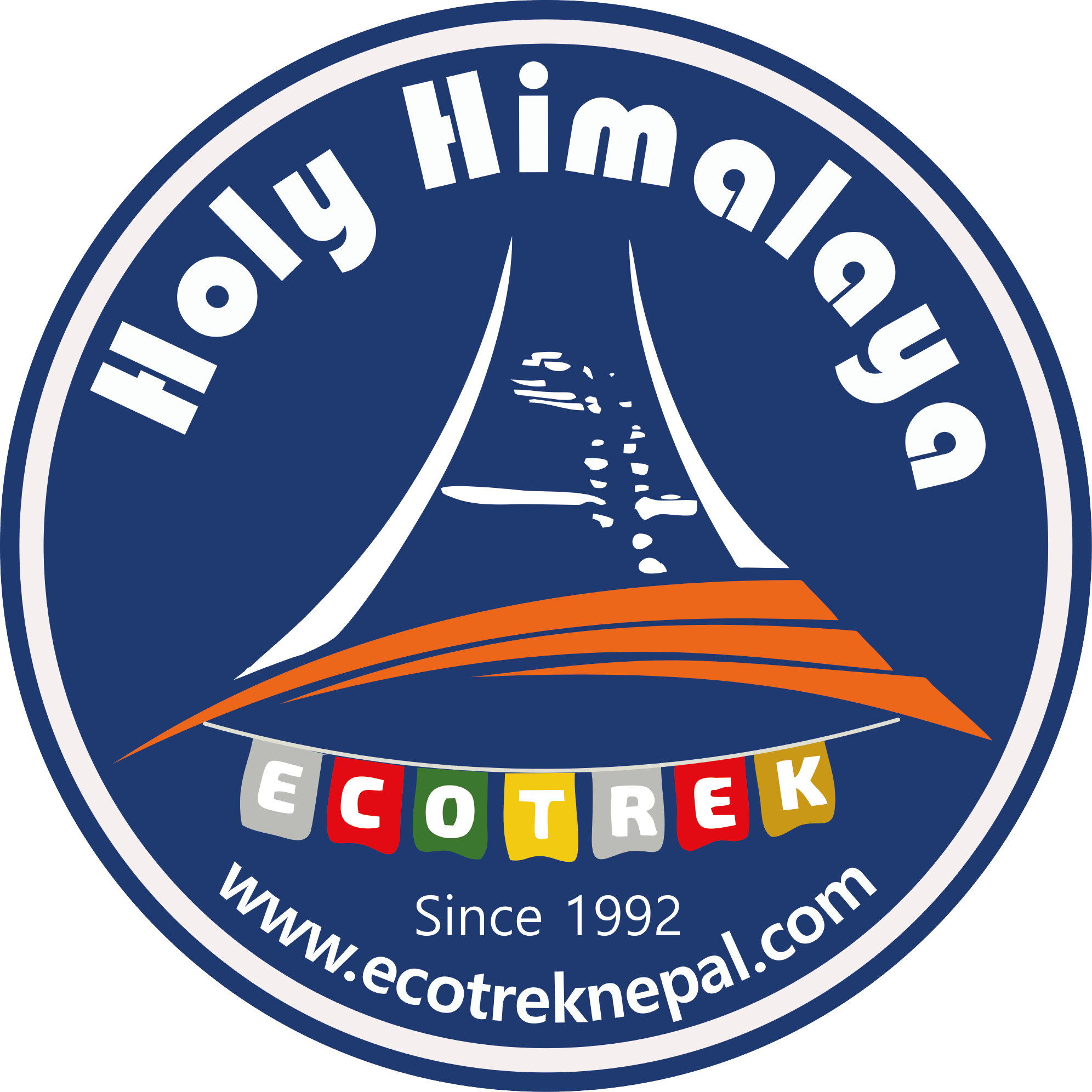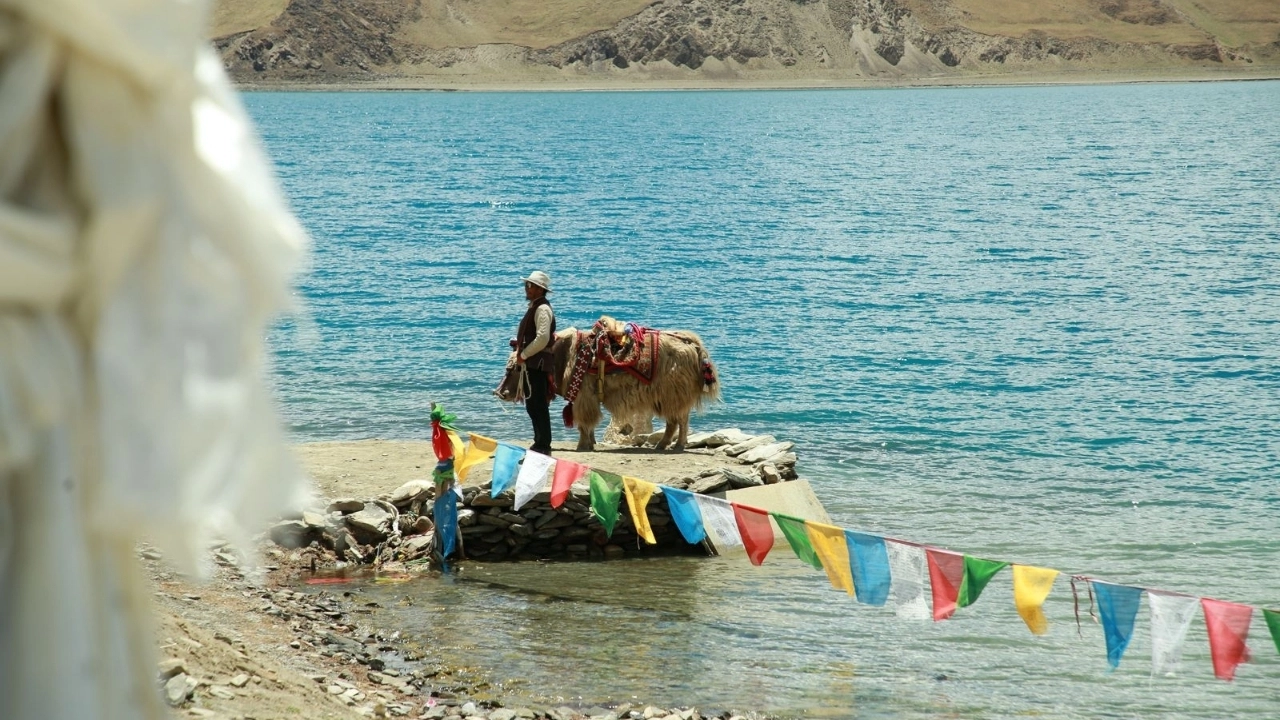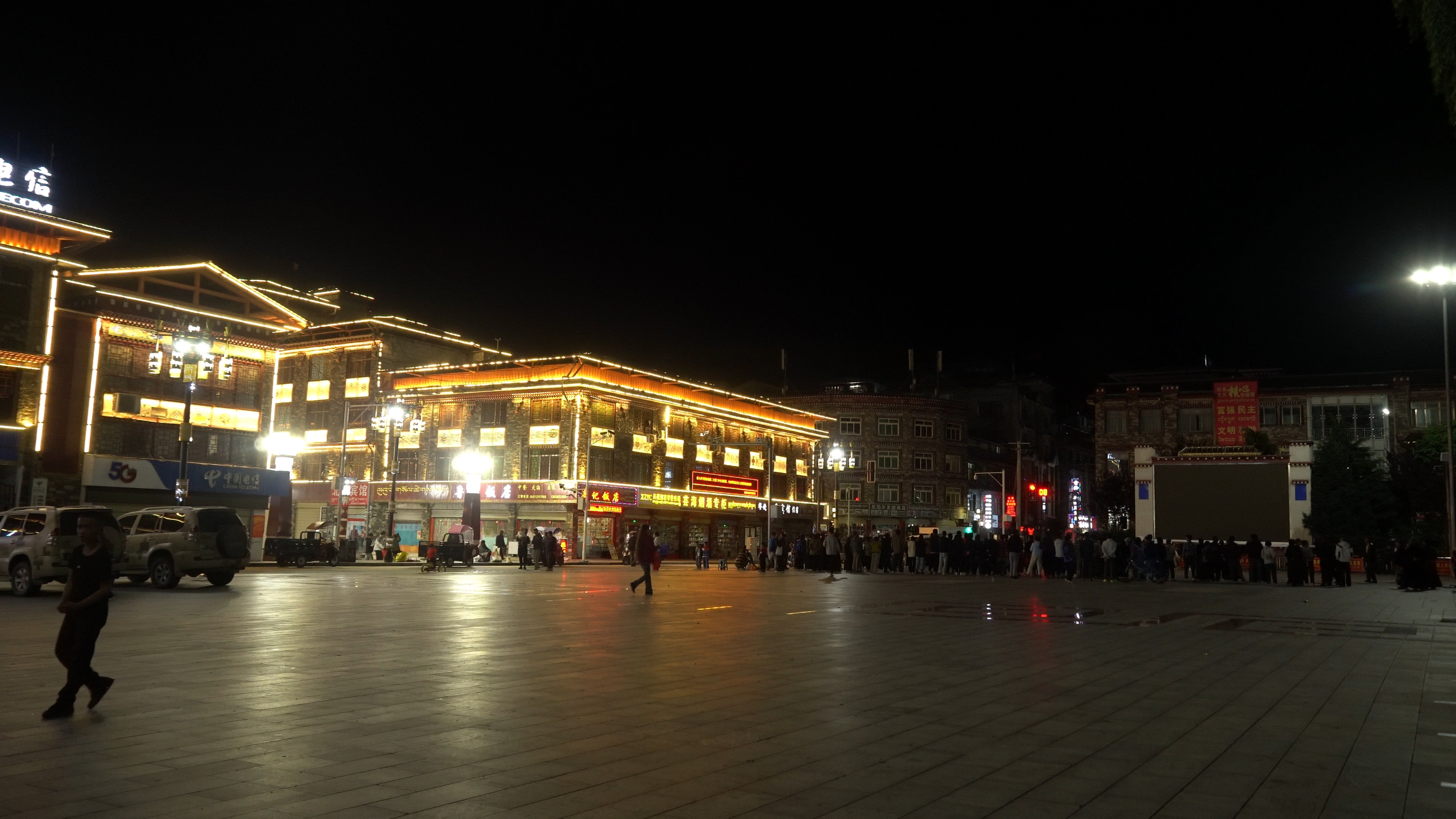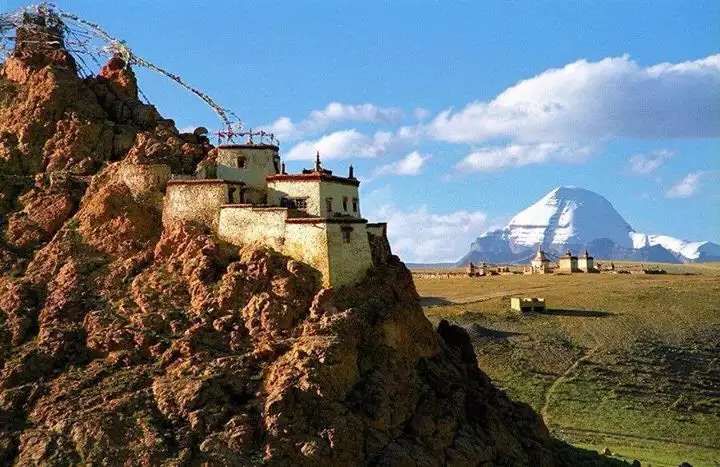
Kailash Manasarovar Yatra
Tour snapshot
13 Days
2 persons
Tibet
Kailash Manasarovar Yatra
Overview
The diamond-shaped mountain in the western Himalayan ranges of the Tibetan Autonomous Region, Mount Kailash, standing magnificently at an elevation of 6638 m, is believed to be one of the holiest mountains in the world that meets ancient spirituality with awe-inspiring landscapes.
The 30-million-year-old mountain range formed during the early stages of the formation of the Himalayan mountains is said to be the sacred abode of Lord Shiva and Goddess Parvati. The mountain has extreme significance in Hinduism, Buddhism, Jainism, and Bon. The region also houses the largest freshwater lake, the Manasarovar Lake, at an altitude of 4590 m, which is immensely pristine and carries massive spiritual relevance.
The lake expands across an area of approximately 412 sq. km. and is not so far from the mighty Mount Kailash. The lake stands out as the purest water body, as pure as sapphire, which extends visitors the look into the deeper points of the lake. The route of the amazing trip starts with a beautiful bus ride from Kathmandu to the Nepal-China border at Kyirung.
Highlights
- Witness the awe-inspiring Himalayas, including sacred Mount Kailash, a divine spectacle.
- Immerse in the beauty of Holy Manasarovar Lake and cleanse the soul with its pure waters.
- Embark on a revered pilgrimage to Lord Shiva's abode, a transformative odyssey.
- Explore ancient villages and monasteries, unveiling rich cultural treasures.
- Immerse in sacred seremonies at holy sites, embracing tradition.
- Embrace challenges for self-discovery and emerge transformed.
Itinerary













Included/Excluded
Service Fee Only, Explore Nepal Fully!
Select Dates
{{type.name}}
{{type.display_price}} per person
Guests
Extra prices:
- {{total_price_html}}
- {{pay_now_price_html}}
FAQs about Kailash Manasarovar Yatra

The accommodations during the trip are more of www.holyhimalaya.com (our hotel in Kathmandu) standard, which is considered moderate (3 stars). The Holy Himalaya (Eco Trek) will take care of the overnight stays throughout the Yatra. In the towns, especially Kiyrung, Saga, Paryang, and Darchen, the accommodations will be selected in the high-end hotels with nice and cozy beds and bath rooms with hot and cold shower facilities. In the key destinations of Yatra, especially Holy Lake, Parikrama Days (for 3 nights), and in the border towns of Nepal, accommodation will be more basic (there is no choice). Even on basic ground sharing, the beds are covered with warm blankets (throughout the yatra), and on top of the blankets you can wear down jackets or innerwear, so there is nothing to fret about the cold nights in the lap of the holy Kailash.

There are plenty of restaurants that serve Chinese menus and food with a variety of flavors. But for the specially focused Hindu Yatri, we have a self-catering team that follows your needs while you are at high altitude. Since 1992, the team at the Holy Himalaya has provided healthy foods that are needed to conquer the Kailash Manasarovar Yatra. Typical Melas: hot drinks, including soup items, are always possible while you are in a hotel or lodge. Breakfast: porridge with honey sweetener, puri and bhaji, upma, bread toast with a spread of jam and honey Typical Lunch: Rajma Curry, Veg Curry, Plain Rice, Pickles, Fruits, and Juices. And, while walking (Parikrama) or driving, we will serve packed food. Dinner: Roti with Dal or Vegetable Curry, Plain Rice, Rasham, Sambhar Curry, Pickles, Salads, and Papad

1. Tibet Travel Permit 2. Alien’s Travel Permit 3. Military Permit 4. Foreign Affairs Permit Any permits necessary for this trip will be obtained by Holy Himalaya Eco Trek.

There are two ways to reach Tibet and get closer to the holy Mount Kailash. All three are equally scenic and beautiful and are very peaceful, making travelers more curious and impatient to feel the spiritual energy of Kailash. By Road: The first one is by road. The drive from Kathmandu, Syabrubesi, Timmure, and finally Kyirung has diverse landscapes and cultural aspects that are totally different from one another (Nepal and Tibet). The natural resources, inhabitants, and traditions vary slowly as we ascend to the Tibet region. The hilly region of Nepal is greener, with rivers and rivulets flowing from all the gorges, terrace farming, and lush vegetation. The elevation, or Tibet part, is more of a dry plateau with very little vegetation and greenery and more sandy hills. The Brahmin, Chettri, and general Aryans are seen in the hilly regions of Nepal before Syabrubesi, and gradually you can see mongoloid faces as you ascend to the Nepal-Tibet borders and Tibet region. By Air: You can fly to Lhasa, Nagri (Ali), and visit holy destinations within a week if timing is not a key issue. Using a helicopter all the way to the Nepal border town is another option if you wish for more comfort, but day-wise, it does not help that much to reduce the Yatra duration. Altitude Air is one of the best helicopters to use in the mountains of Nepal. The helicopter route is the easiest, safer, and fastest way, allowing travelers more time and energy to reach Kailash Parbat, despite the helicopter’s high cost compared to the road.







